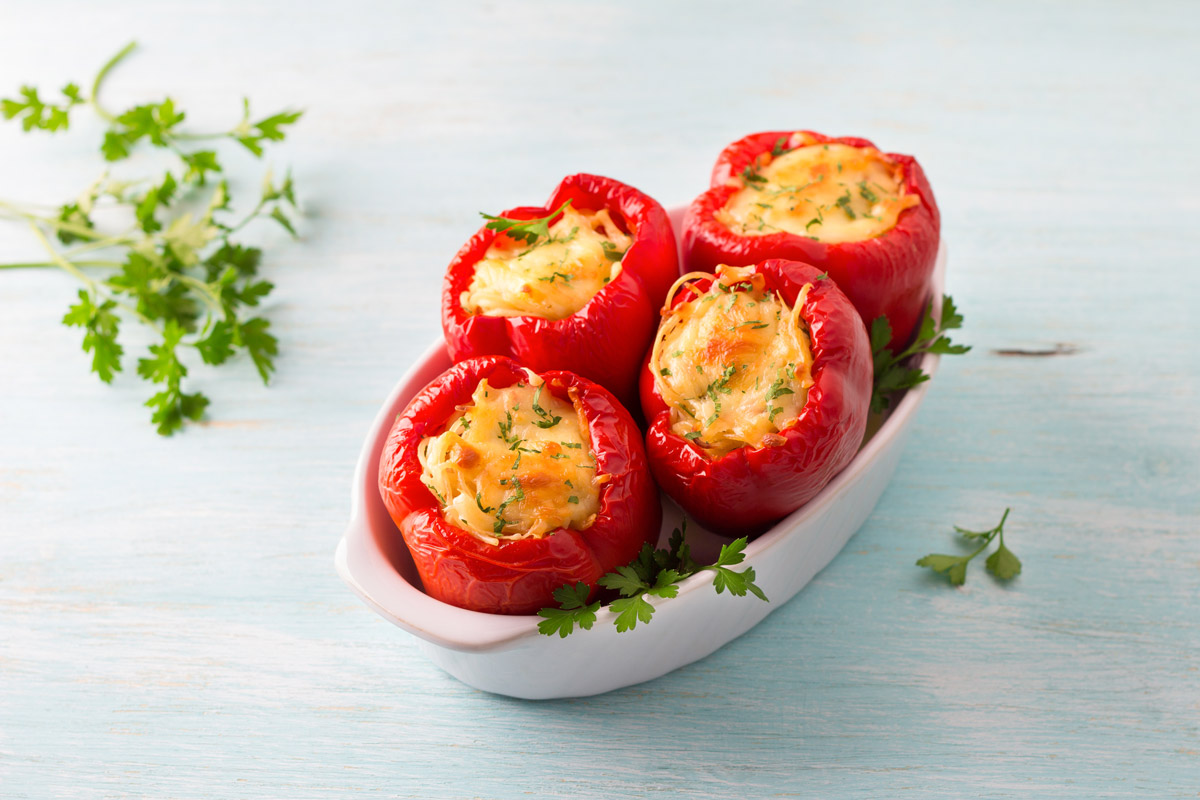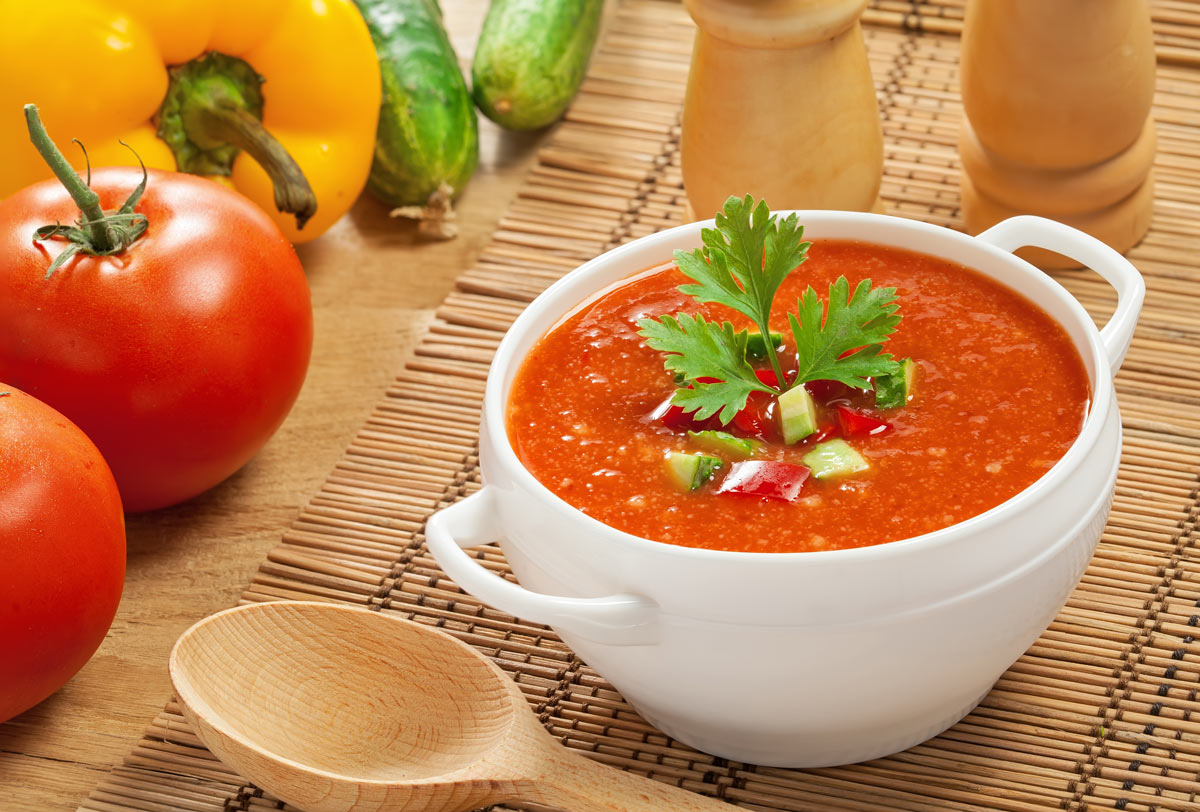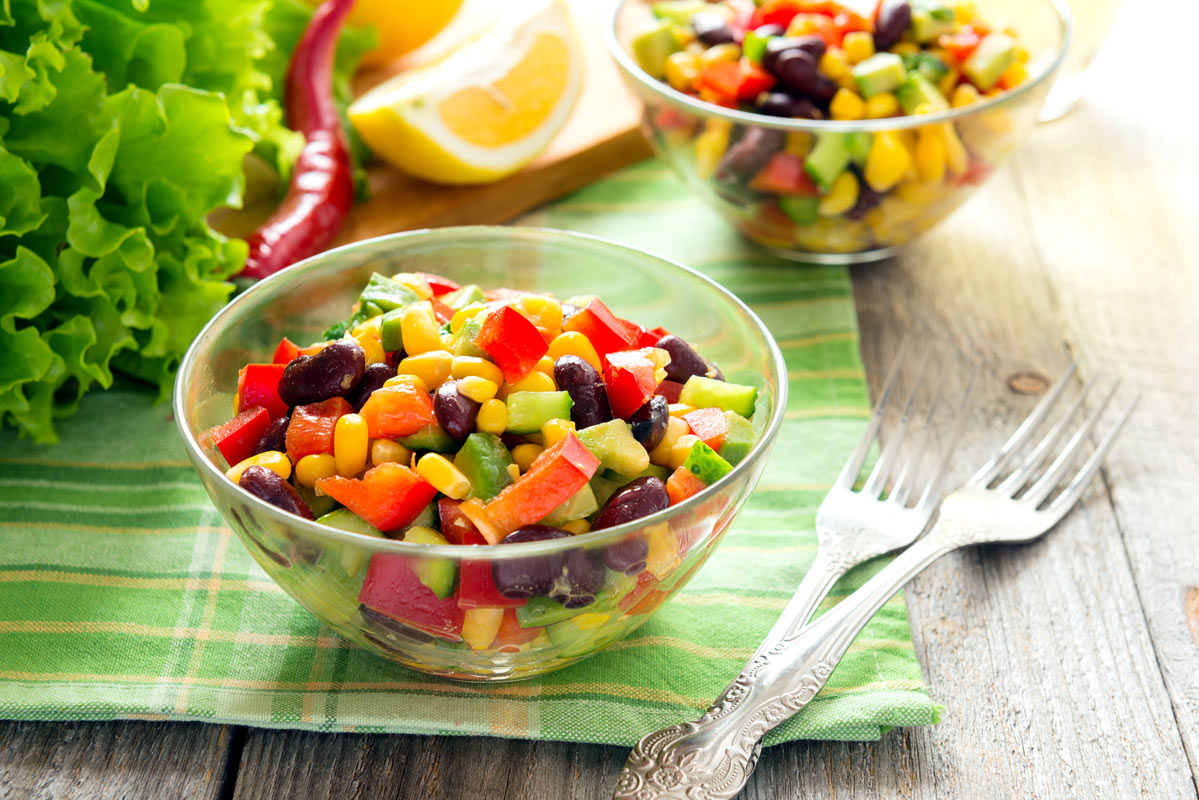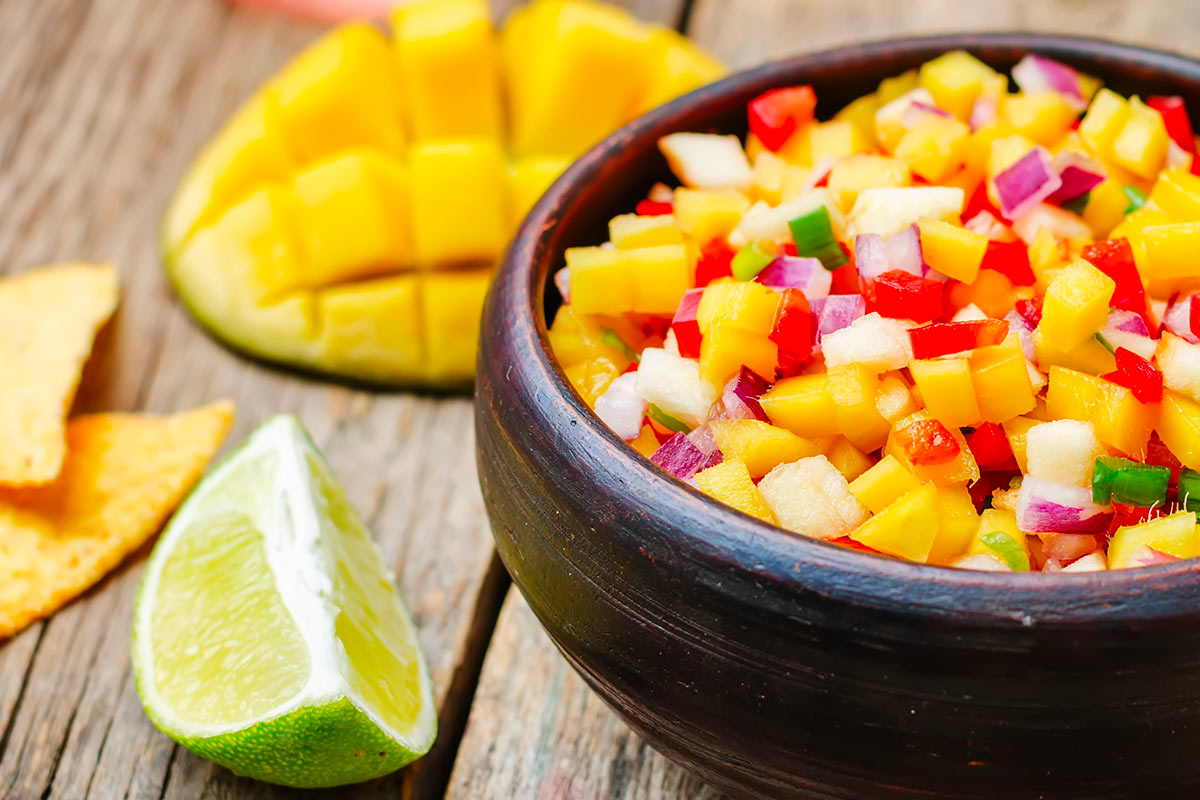This take on empanadas de queso is perfect when you want melted cheesy goodness but would rather skip the dough. Preferred in Chile is the very buttery queso chanco, a cheese that’s close in taste and texture to our Muenster. Though not traditional in empanadas, merquén adds a nice zest (you can substitute pimentón if it’s already on your spice shelf). To make this more of a meal, toss the shredded cheese with 1 cup of cooked brown rice or quinoa before stuffing into the peppers. Eat them with a knife and fork or with your hands, empanada style.
Ingredients
- 8-ounce block Muenster cheese
- 4 medium red, orange, or yellow bell peppers, about 5 ounces each
- Extra virgin olive oil
- 1 teaspoon merquén, or more to taste
Directions
Preheat the oven to 400°F. Shred the cheese on a box grater or with the shredding blade of a food processor. Use a grapefruit or paring knife to carefully cut around and remove the stem of each bell pepper. To avoid cutting into the flesh, use an iced tea or grapefruit spoon to scrape out the ribs and any seeds. Generously drizzle each pepper inside and out with olive oil. Sprinkle a pinch of merquén inside each pepper, then fill with equal amounts of the shredded cheese. Bake upright on a parchment-lined rimmed sheet pan or, if they won’t stand upright, in a muffin tin for 30 minutes or until the peppers are tender and the cheese is bubbly. Let cool slightly. Drizzle with olive oil right before eating.
Serves 4




